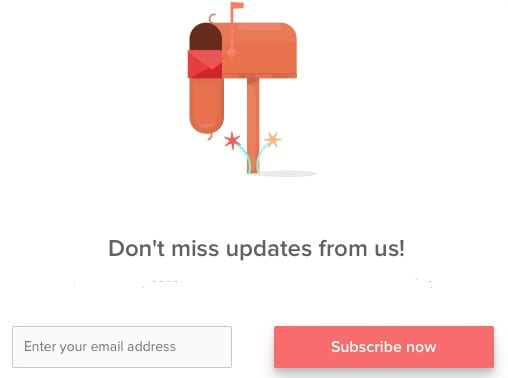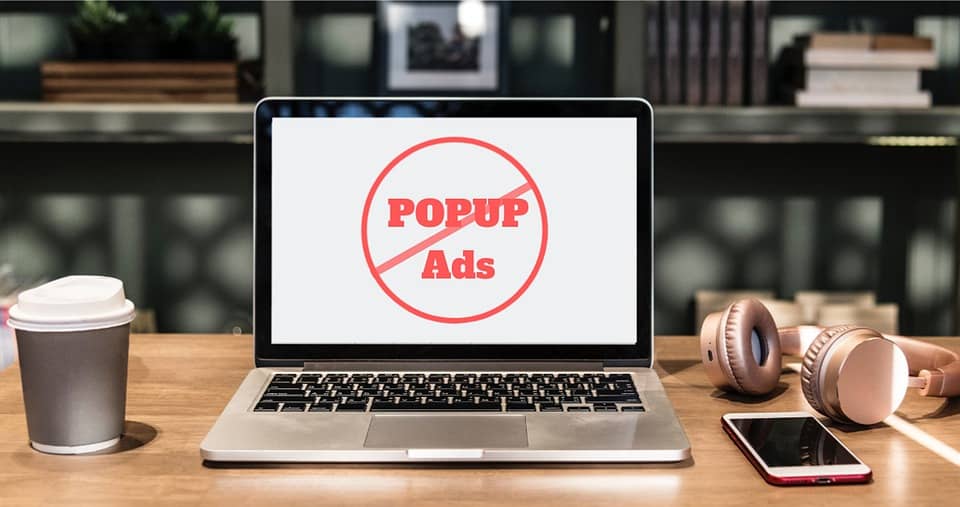To popup or not to popup?
There are many websites out there riddled with popups. They are distracting, annoying and at times frustrating to deal with. These unwelcome blurbs ask you to subscribe or ask if you need help. There are times when popups startle you.
Why do companies use popups? What is their purpose and are they effective?
Many marketers and web masters are aware of how many users find popups distasteful. However, many marketers still use popups because according to Sumo, the average pop up gets a 3.09% conversion rate, with the top 10% of pop ups getting a decent 9.3% click through rate.
Check out the different types of popups.
Types of Popups
- New page popup are the type that creates a new page or window. This type is usually in disuse because many browsers block this through a built-in pop up blocker.
- In-browser popups are very common. They are the small dialogue boxes that appear in the form of a chat box, as a floater on the side or a tiny text box. This type is more effective than new page popup and is less distracting.
- Full page popups are annoying as it covers the whole page preventing you from reading the content and makes it hard to navigate the website unless action is taken. They usually appear when users are about to navigate the site. Full page popups are overused and misused by advertisers and often lead to poor user experience.
So what are the advantages and disadvantages of a popup?

Advantages:
- Capture visitors’ attention.
- Remind or provide visitors of important/urgent information.
- Keeps visitors on the page longer and and stop them from exiting.
- Engages and encourages interaction.
- Helps to avoid “attention blindness” of visitors.
- Encourages conversions.
- Are effective in gathering small amounts of information which ca be used as a stepping stone for sales and marketing conversions.
- Serve as gateways that require visitors leave information in order to proceed.
Disadvantages:
- They are annoying. No matter what type of popup you decide to use, they are annoying and honestly unwelcome. Some users are so annoyed by them they will immediately exit a site once a popup appears.
- They distract and confuse users especially if they are irrelevant or if it appears during the wrong time of a user’s journey on page or purchase.
- Popups also lower your UX and SEO rankings. There are popups that slow down a site’s loading time which can frustrate impatient users. As we all know, Google looks at a website’s loading speed to determine ranking so slow websites won’t appear as high in SERPs results which could result in lower traffic.
Conclusion
The type of popup you use for your marketing strategy depends on different factors like your buyer’s journey through your website, market, brand, objective and purpose.
While popups are generally hated by users, they are an effective way to boost your sales and marketing campaign if used properly. If you’re thinking about setting up popups for your website think about the purpose and goal of your popup, its message, size and location. Keep the user’s experience in mind when considering popups.



